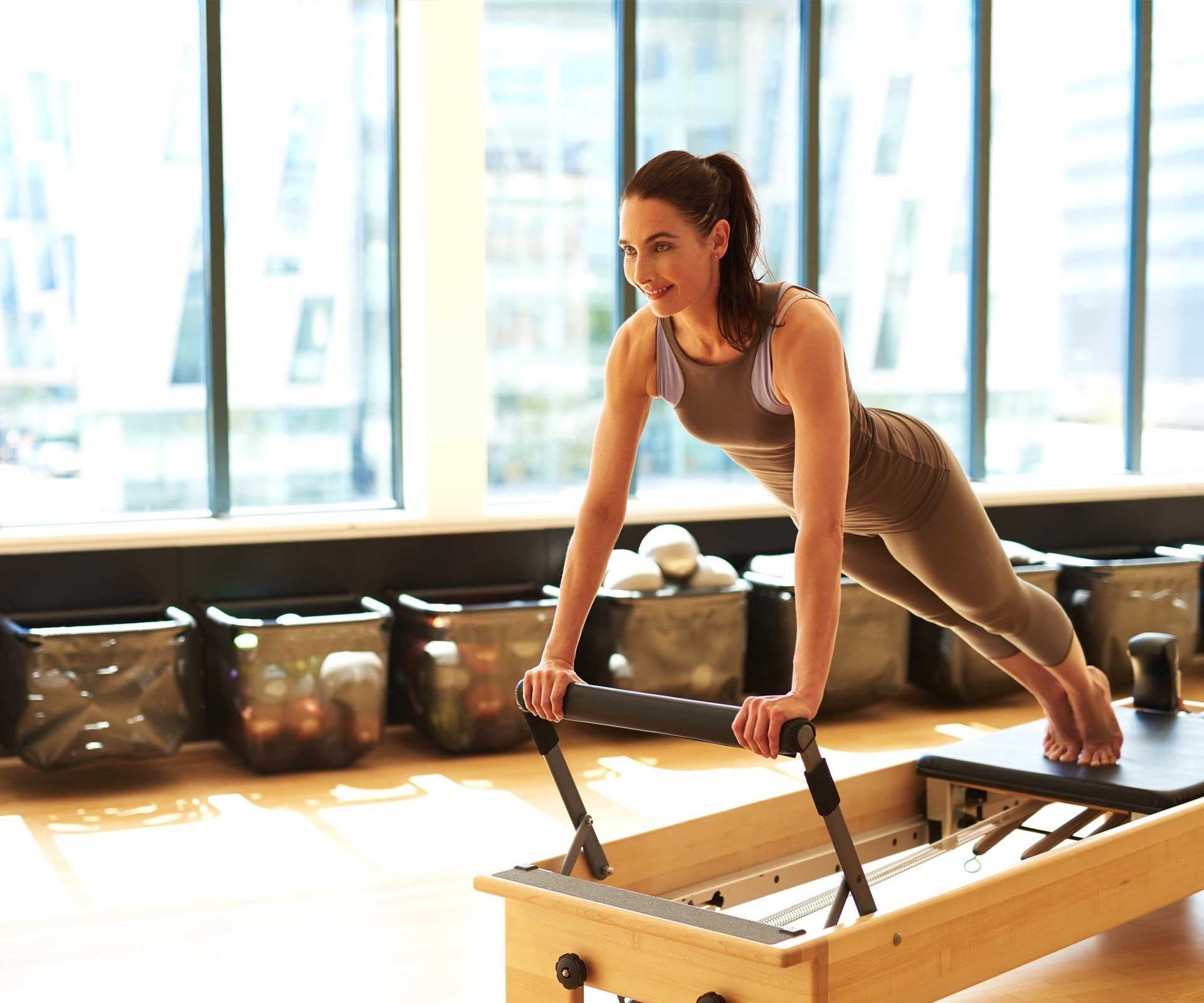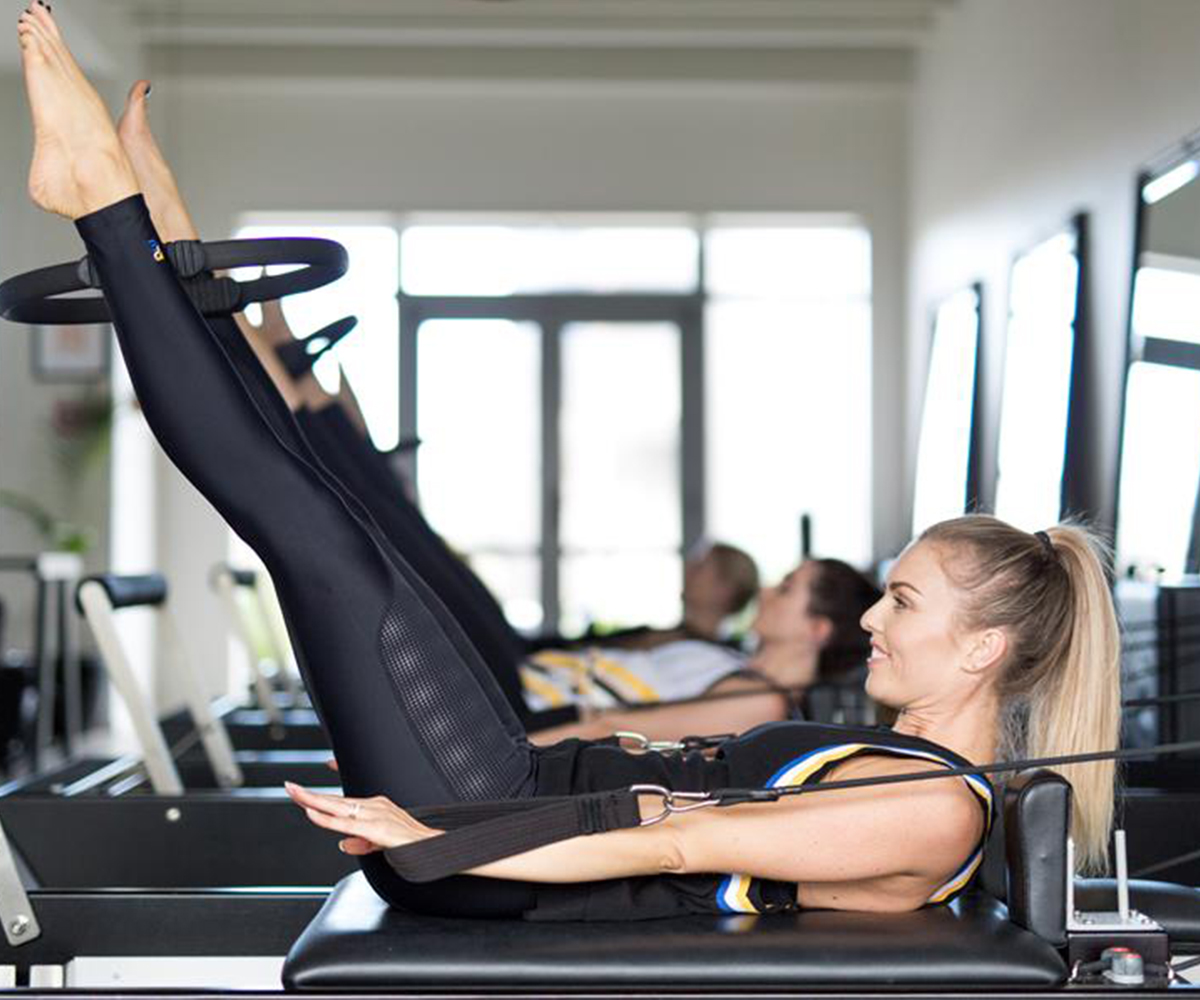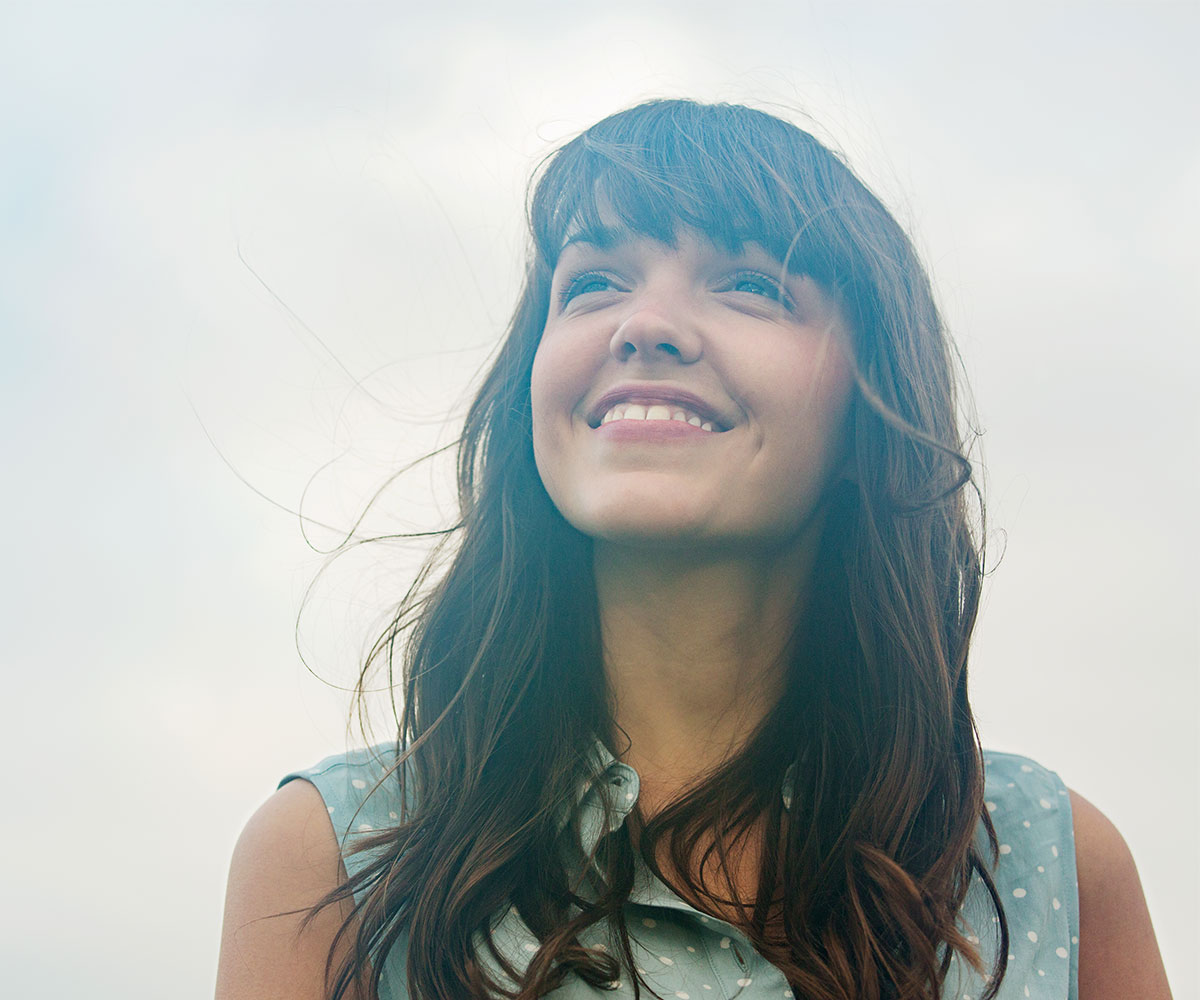Revered for its ability to create strong, lean muscles with particular focus on core control, Pilates is increasing in popularity.
We spoke with Dr Brent Anderson the founder of Polestar Pilates, an internationally recognised leader in Pilates instructor training, to find out what this body-strengthening exercise technique has to offer and what the latest research and developments are.

With a formal education in Physical Therapy, Brent enjoys bringing science into the profession of Pilates.
What are the central tenets of Pilates?
I think first we have to understand where Pilates came from. It goes back to Joseph Pilates – he was from Germany and had studied yoga and animal movement, he was also a boxer and a wrestler.
By the time he got to New York, he became fascinated with the dance world, which is how most of us came to know him.
His philosophy was much more than just movement – there was a whole life aspect to it. In fact, his formula for health and happiness was exercise, nutrition, sleep hygiene, body hygiene, and mental hygiene.
He endorsed plenty of fresh air and sunshine, and a balance between work, recreation and rest.
Often we get so hung up on the exercise part that we miss the other tenets – it’s how you breathe, it’s the energy that flows through our bodies, it’s how we move.
How does Pilates differ from yoga?
It’s definitely more westernised. Joseph took elements of Hatha yoga, his boxing training and dance.
I think we have let it stray a little too far from its yoga roots, to be honest.
Joseph talked about the development of body, mind and spirit, and that the first requisite of happiness was a strong body and a mind fully capable of doing their many daily tasks with joy.
There is a very strong spiritual element that existed in his philosophy of being who you are and being present.
We know now from evidence-based research that 15 minutes a day of uninterrupted concentration meditation or mindful movement can reset the stress clock in your limbic system.

Why is spine mobility and core control so important in Pilates?
In dance it’s about looking like our movements are effortless, that’s the essence of ballet – to make the ballerina look like she’s floating.
There is an element of this concept of efficiency of movement in Pilates.
Consider the gym where in contrast there is the idea of maximum load, maximum repetitions – no pain, no gain. The idea is to have big, hard muscles.
We’ve become so fixated on this we have lost sight of what it feels like to move efficiently and well, which is what Joseph was looking at.
As for core control, this has been misunderstood to be abdominal strength. Core control by definition means control of your trunk.
For us this means that you have the appropriate amount of stiffness for the anticipated load depending on the activity. So, if I am going to throw a ball I need a certain amount of stiffness to be able to generate torque to throw the ball with my hand.
The misunderstanding comes when people think they have to consciously contract a muscle – thinking they’re holding their core to be stronger.
In reality they’re interfering with the body’s natural way of interacting with load. If you have good alignment and good mobility, load will dictate core control.

Can strong abs help people with lower back pain?
Research shows that there is no correlation between better back health and the ability to prevent back injury by having a stronger core. If anything, it interferes with normal muscular development.
We would do better to create playful movement opportunities for people with lower back pain and teach them how to relax, breathe, move efficiently and how to use as little muscle as possible in their movement; how to distribute the motion from areas of pain to other areas.
But most important is that they have an experience that they believe is going to give them hope and they can shift their paradigm. Their perception is by far the biggest predictor of outcome – much more so than any kind of physical limitation.
Strength, range of motion, coordination, these are important factors.
If you believe you are going to get better, you will get better. To influence that we need to create positive movement experiences without pain.
Do you have any personal stories of great changes you’ve observed in people who practise Pilates?
Too many to count.
In Pilates we require people to be present, we encourage them to move with the breath and be aware of what their body is doing.
When you bring attention to how the movement feels for a person – and it makes them feel lighter, more mobile, like they’re using fewer muscles for the same thing – they can get to a state of enlightenment.
There’s a great saying, “When one achieves mindfulness of themselves, they achieve mindfulness of how their actions influence others and then they get their first glimpse of reality”.
This awareness changes people in the most beautiful way.
For more health and fitness stories, pick up a copy of the latest Good Health magazine.


